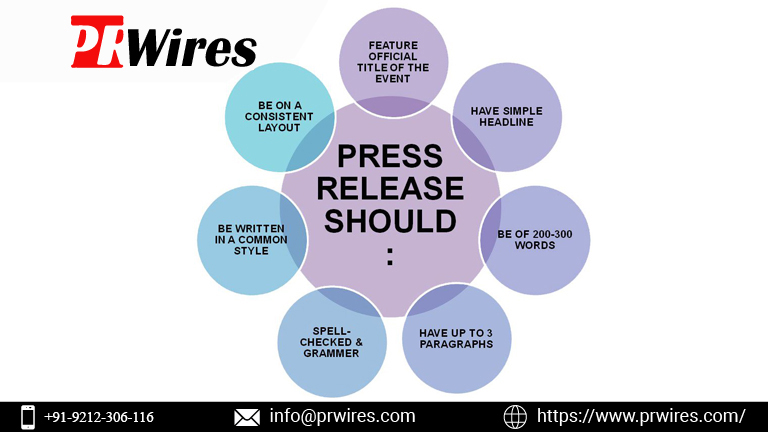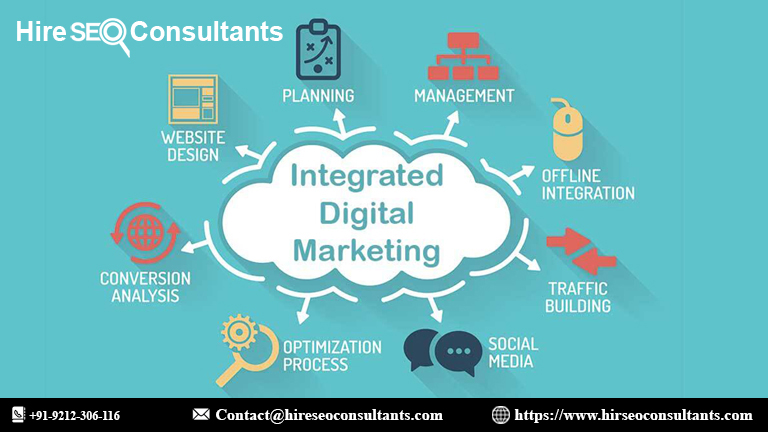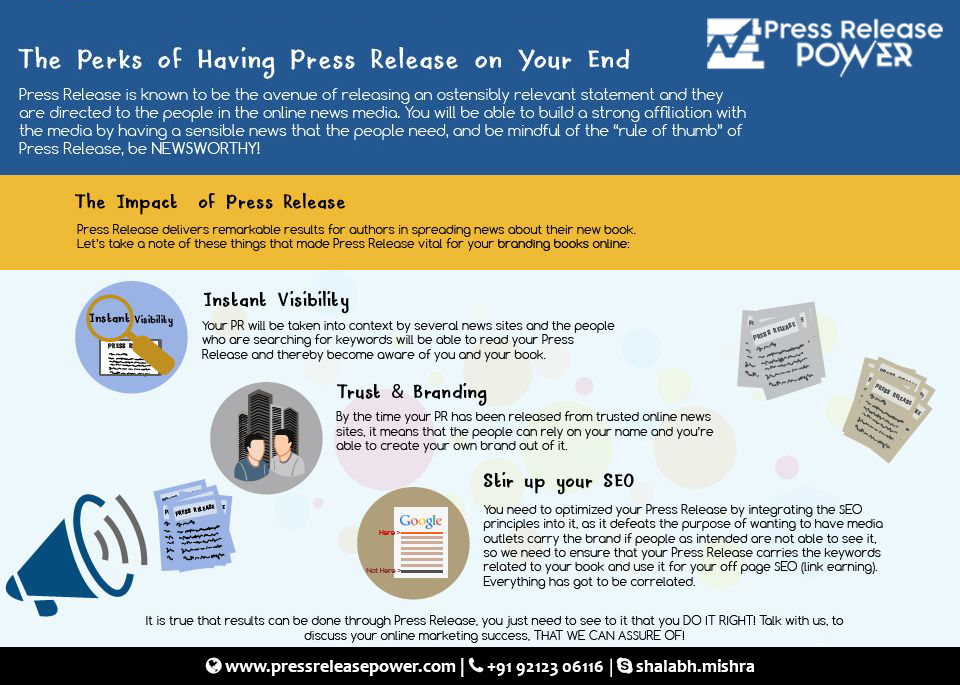In the dynamic world of email marketing, standing out in a crowded inbox is a critical challenge. One of the most effective strategies to enhance engagement and drive conversions is the use of personalized landing pages. By tailoring these pages to individual user preferences and behaviors, businesses can create a more compelling and relevant experience for their audience. This article explores how personalized landing pages, when integrated with email marketing campaigns and multimedia elements, can significantly improve your engagement rates and conversion metrics.
What Are Personalized Landing Pages?
Personalized landing pages are web pages designed to provide a customized experience based on the visitor’s characteristics or actions. Unlike generic landing pages, these are tailored to reflect the specific interests, behaviors, or demographics of the visitor. Personalization can range from simple adjustments like using the visitor’s name to more complex variations based on past interactions, purchase history, or browsing behavior.
Why Personalization Matters
Personalization enhances user experience by making content more relevant. When users see content that speaks directly to their interests or needs, they are more likely to engage with it. This increased relevance can lead to higher conversion rates as users find the offers, information, or calls to action more compelling.
Integrating Personalized Landing Pages with Email Marketing
Segmenting Your Email List
Effective personalization begins with segmentation. By dividing your email list into segments based on factors such as demographics, past behavior, or engagement levels, you can create targeted email campaigns that lead to personalized landing pages. For instance, a fashion retailer might segment their list into groups interested in different types of clothing, sending tailored offers to each segment.
Crafting Tailored Email Content
The content of your emails should align with the personalized landing pages they link to. Use dynamic content blocks in your emails to display relevant offers or messages based on the recipient’s profile. For example, if you know a recipient is interested in summer dresses, your email should highlight seasonal promotions and direct them to a landing page showcasing summer collections.
Designing Personalized Landing Pages
Dynamic Content
Incorporate dynamic content into your landing pages to reflect the specific interests of your visitors. This could include product recommendations, personalized offers, or content that aligns with the user’s past interactions. For instance, if a visitor previously clicked on an email about fitness equipment, your landing page might feature related products and special offers.
Personalized Offers
Create personalized offers based on user behavior. For example, if a visitor has previously purchased a product, you can offer a discount on complementary items. Personalization in offers not only improves relevance but also increases the likelihood of repeat purchases.
Using Multimedia to Enhance Engagement
Images
High-quality images that resonate with your audience can make your landing pages more engaging. Use images that reflect the interests or needs of your segments. For instance, if your email campaign is promoting a new line of home decor, use images that showcase these products in stylish settings.
Videos
Incorporate videos to capture attention and convey your message more effectively. Videos can demonstrate product features, share customer testimonials, or provide an overview of your services. Ensure that the video content is relevant to the user’s interests and supports the goals of your landing page.
Interactive Elements
Adding interactive elements such as quizzes or polls can enhance user engagement. For example, a fashion retailer might include a quiz to help users find their style, with personalized recommendations based on their answers. Interactive elements not only engage users but also provide valuable data for further personalization.
Optimizing for Mobile
Mobile-Friendly Design
With a significant portion of users accessing emails and landing pages via mobile devices, it’s crucial to ensure that your landing pages are mobile-friendly. Use responsive design to ensure that your landing pages look and function well on various screen sizes.
Loading Speed
Optimize the loading speed of your landing pages to prevent users from abandoning them. Compress images, use efficient coding practices, and leverage caching to improve page load times. A fast-loading page enhances user experience and can positively impact conversion rates.
Testing and Analytics
A/B Testing
Conduct A/B testing to evaluate the effectiveness of different personalization strategies. Test variations of your landing pages to determine which elements drive higher engagement and conversions. This could involve testing different headlines, images, or calls to action.
Analytics and Insights
Monitor the performance of your personalized landing pages using analytics tools. Track metrics such as bounce rates, time on page, and conversion rates to gain insights into user behavior and preferences. Use this data to refine your personalization strategies and improve overall campaign performance.
Best Practices for Success
Consistency Across Channels
Ensure that the messaging and design of your personalized landing pages are consistent with your email campaigns. A cohesive experience reinforces your brand message and enhances user trust.
Clear Calls to Action
Make your calls to action (CTAs) prominent and compelling. Use action-oriented language and design your CTAs to stand out on the page. Clearly communicate the value proposition and encourage users to take the desired action.
Privacy and Data Security
Respect user privacy and adhere to data protection regulations. Be transparent about how you use personal data and provide options for users to manage their preferences. Building trust through data security can improve user satisfaction and engagement.
Personalized landing pages are a powerful tool for enhancing engagement and driving conversions in your email marketing campaigns. By leveraging segmentation, dynamic content, and multimedia elements, you can create a more relevant and compelling experience for your audience. Remember to continually test and optimize your strategies to ensure that your personalized landing pages deliver the best results. Embrace personalization to unlock the full potential of your email marketing efforts and achieve greater success in your digital campaigns.
FAQ: Using Personalized Landing Pages in Email Marketing
What are personalized landing pages?
Personalized landing pages are web pages tailored to the individual visitor’s characteristics, interests, or behavior. Unlike generic pages, they adapt content to better align with what the visitor is looking for, based on data such as previous interactions, purchase history, or demographic information.
Why should I use personalized landing pages in my email marketing?
Personalized landing pages can significantly boost engagement and conversions by delivering a more relevant and targeted experience. When users find content that directly addresses their interests or needs, they are more likely to engage with it and take the desired action, such as making a purchase or signing up for a service.
How can I segment my email list for better personalization?
Segmenting your email list involves dividing it into groups based on criteria such as demographics, purchase history, or engagement levels. This allows you to send more targeted emails that lead to personalized landing pages. For instance, you might segment your list by past purchases or user behavior to tailor content and offers more effectively.
What should be included in a personalized email to support landing page personalization?
A personalized email should include content that resonates with the recipient’s interests or past behavior. This might involve dynamic content blocks that highlight relevant offers or messages. Ensure that the email content aligns with the personalized landing page it links to, creating a cohesive experience for the user.
How can I design a personalized landing page?
Design your landing page to reflect the specific interests or behaviors of your visitors. This can include dynamic content such as personalized offers, product recommendations, or tailored messages. Ensure that the page aligns with the content of the email and delivers a relevant experience based on user data.
What role do images and videos play in personalized landing pages?
Images and videos can enhance engagement by making your landing page more visually appealing and informative. Use high-quality images and relevant videos that align with the user’s interests and the content of the email. For example, if promoting a product, include images or videos that showcase it effectively.
How can I ensure my personalized landing pages are mobile-friendly?
To ensure mobile-friendliness, use responsive design that adjusts the layout based on screen size. Optimize images and multimedia for faster loading on mobile devices. A smooth mobile experience is crucial as many users access emails and landing pages through their smartphones.
What is A/B testing and how can it help with personalized landing pages?
A/B testing involves comparing different versions of a landing page to determine which performs better. By testing variations such as headlines, images, or calls to action, you can identify which elements drive higher engagement and conversions. This helps refine your personalization strategies for better results.
How can I track the effectiveness of my personalized landing pages?
Use analytics tools to monitor metrics such as bounce rates, time on page, and conversion rates. This data provides insights into how well your personalized landing pages are performing and can guide further optimization efforts.
What are some best practices for creating effective personalized landing pages?
Best practices include ensuring consistency between your email content and landing page, using clear and compelling calls to action, and respecting user privacy. Additionally, regularly testing and optimizing your landing pages based on performance data can enhance their effectiveness.
How do I handle user privacy and data security with personalized landing pages?
Respect user privacy by being transparent about how you use their data and adhering to data protection regulations. Provide options for users to manage their preferences and ensure that your data handling practices build trust and comply with relevant laws.
Personalized landing pages can dramatically improve the effectiveness of your email marketing campaigns by delivering a more relevant and engaging user experience. By following best practices for segmentation, design, and optimization, and by leveraging multimedia elements, you can enhance engagement and drive higher conversions.

















